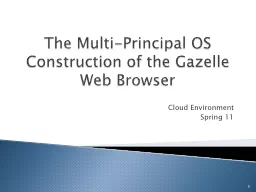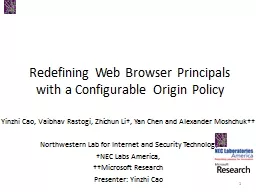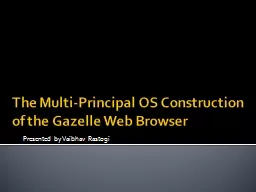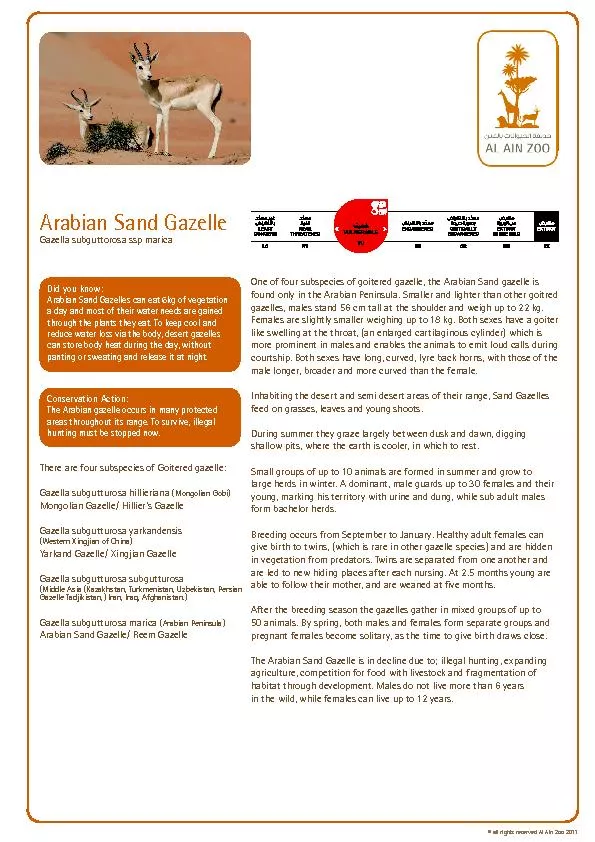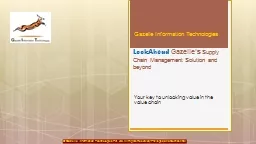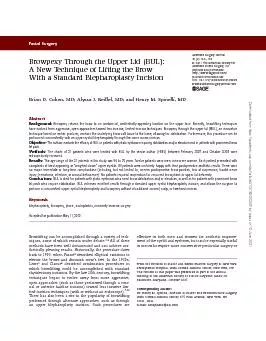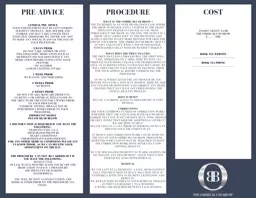PPT-The Multi-Principal OS Construction of the Gazelle Web Brow
Author : cheryl-pisano | Published Date : 2017-04-27
Cloud Environment Spring 11 0 Microsoft Research Browser 2009 MultiPrincipal Environment with Browser OS Next S tep T owards Secure Browser Written in C Main
Presentation Embed Code
Download Presentation
Download Presentation The PPT/PDF document "The Multi-Principal OS Construction of t..." is the property of its rightful owner. Permission is granted to download and print the materials on this website for personal, non-commercial use only, and to display it on your personal computer provided you do not modify the materials and that you retain all copyright notices contained in the materials. By downloading content from our website, you accept the terms of this agreement.
The Multi-Principal OS Construction of the Gazelle Web Brow: Transcript
Download Rules Of Document
"The Multi-Principal OS Construction of the Gazelle Web Brow"The content belongs to its owner. You may download and print it for personal use, without modification, and keep all copyright notices. By downloading, you agree to these terms.
Related Documents

